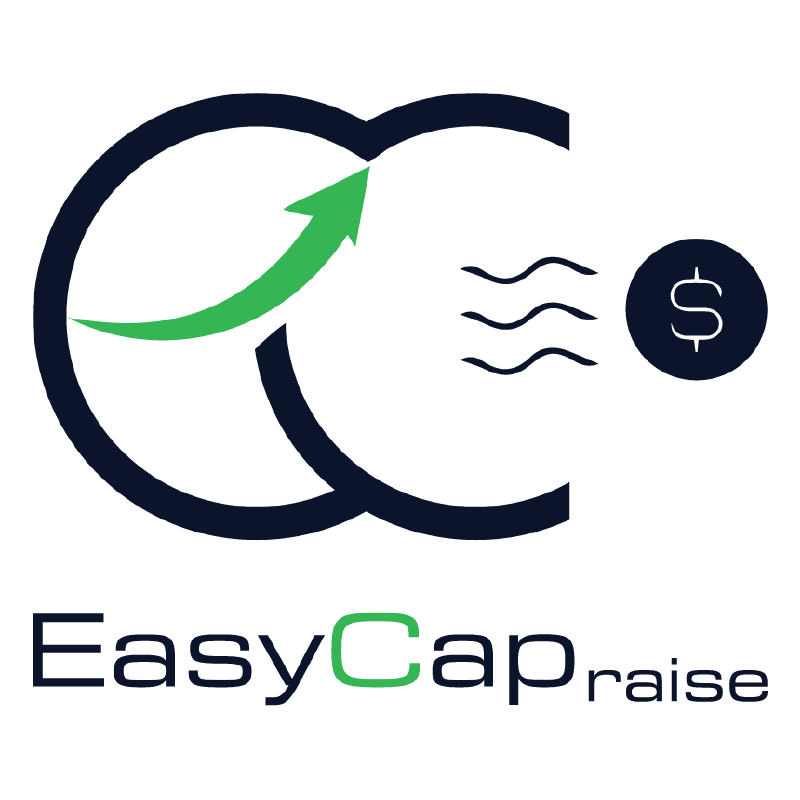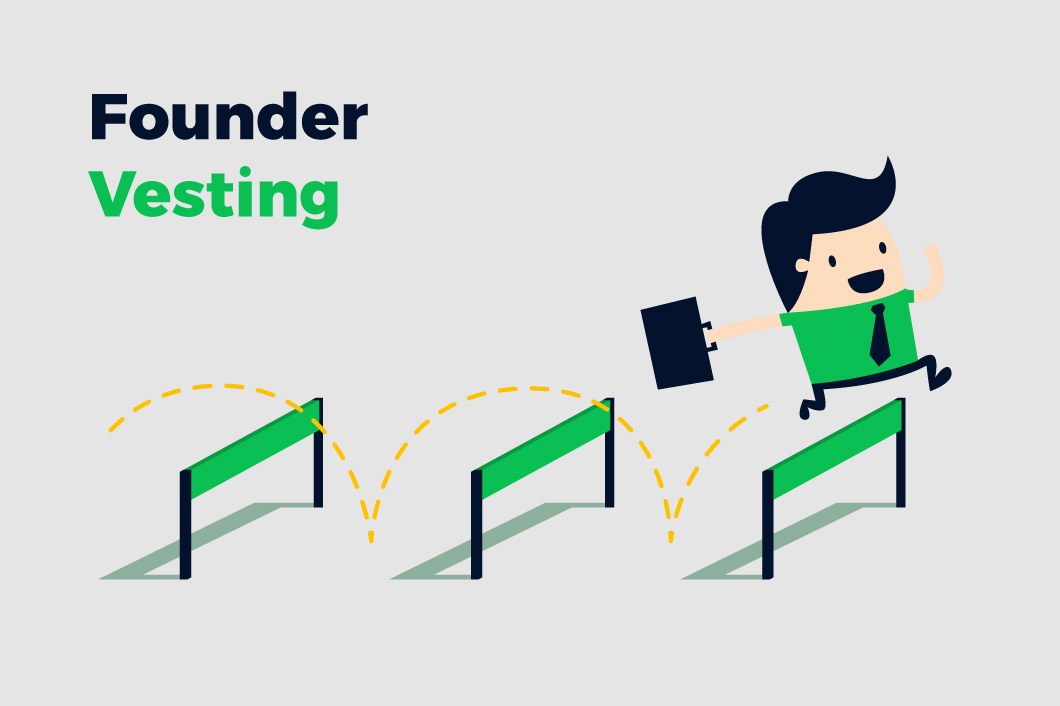Founder vesting and agreements
Clause, lock-up contract, and super voting privileges The founder vesting process is a mechanism for regularly gaining stock ownership as
compensation for the founders’ commitment to the company over time. Fundamentally, founder vesting secures two principles: motivating the co-founders to remain; and protecting the business if one of them exits.
Key takeaways
• Founders should agree on a vesting mechanism before raising capital
• Vesting is the process of gradually allocating stock ownership to founders
• A cliff is a period during which the shares are given away to founders but not yet
vested
• A cliff is needed to protect the business if one of the founders exits
• Other founder interests include the accelerated vesting, first refusal rights, co-sale
Four Factors That Can Cause Co-founders to Leave a Company

- When the co-founder is fired for a “cause” or a “material breach” such as egregious misconduct, intellectual property infringement, fraud, or embezzlement, or when vital clauses such as a non-compete clause are broken.
- As a firm matures and grows, the board may decide that the founders are no longer sufficient to fit the desired profile.
- Co-founders have frequently resigned voluntarily because they acquired a higher-salary job or lost interest midway through.
- Death or illness: when one of the co-founders becomes seriously ill or passes away, things get extremely difficult.
You must categorize a co-founder leaving into one of the four categories because things can get tricky in real-life situations.
How to Resolve the Founder Quitting Issue:
- For simplicity’s sake, co-founders who leave will lose their vested shares but keep their unvested ones if they have any. In the US, this startup-friendly strategy is relatively popular.
- A co-founder who leaves the company irresponsibly forfeits all of their shares, including the vested ones. They keep the vested shares but forfeit all the unvested shares if they leave on good terms, voluntarily, or due to a death or illness. This founder-friendly strategy is prevalent throughout several European nations.
Co-founder vesting is a strategy used by investors to maintain the co-founders’ permanence, which is crucial for business success. Its primary purpose is to protect the cofounders.
How Does Founder Vesting Work?

The vesting schedule that is most frequently utilized sees 1/48th of the shares vested each month over a 48-month period. It is frequently given out in exchange for a small cash payment, such as $0.001 per share or the transfer of intellectual property. No shares will vest within the first year in order to guarantee that the founders continue with the firm for at least that long. Instead, they are accrued and vested as the first year comes to a close. The term “cliff” refers to this early stage of accretion.
As an illustration, a startup may provide each co-founder 4,800 shares of common stock that vest equally over four years with a one-year cliff. The number of shares that vest each month is 4,800 / 48, or 100 shares. There is a one-year cliff, though, so no shares will vest during the first year. 1,200 shares will vest at the beginning of the second year, and 100 shares will vest thereafter each month. The co-founder will get shares during the cliff period, but they do not yet possess them because they have not vested. The co-founder will possess 100 shares per month beginning in month 13 and will initially own 1,200 shares for the first 12 months, vesting on the first day of month 13. The unvested shares continue at 4,800 for the first 12 months and decrease to 3,600 on the first day of the 13th month. Following that, as the monthly vesting schedule starts, the number of unvested shares gradually decreases.
How to Resolve Exit Issues:
The founder’s stock is sometimes, though not always, subject to a vesting schedule, which allows the business to buy back any unvested shares in the event that a founder departs the company before the shares are fully vested. The agreements between the founder and the company, either at the time the stock is granted or later, determine whether the “founder’s stock has any rights distinct from other ownership interests in a company. These rights could consist of:
- Accelerated vesting
- First refusal rights
- Co-sale clause
- Lock-up contract
- Super voting privileges
Detailed explanations of each of these are provided in the following sections.
Accelerated Vesting
The founder’s stock vesting clauses may allow for an accelerated vesting period after one or more events occur. There are two primary differences:
- Any unvested shares at the time of the sale have their vesting accelerated by a “single trigger” clause.
- Suppose the business is sold and the employee is let go without cause within a specific time period after the sale is finalized. In that case, a “double-trigger” provision expedites vesting any unvested shares.
A firm acquisition counts as at least one of the “triggers” in both the single-trigger and double-trigger accelerated vesting. Founders frequently ask about an acceleration of vesting if they are fired without cause and are not connected with the firm being acquired. Although this is a fair concern, you should exercise extreme caution when approving vesting acceleration for an unjustified termination. Although it is possible to specify that vesting limits only apply in the event of a termination without cause or voluntary termination, vesting constraints usually do not distinguish the various reasons why a firm and a founder may part ways. The majority of legal definitions of “cause” place a strong emphasis on wrongdoing such as dishonesty, theft, or felony conviction. They frequently miss more subjective performance evaluations like bad management or weak leadership. An incompetent team member can endanger the entire business in a startup. If that person is fired and the reason for the firing is not specified in the cause specification, they may unintentionally walk away with a sizable chunk of their shares.
Right of First Refusal
There is often a right of first refusal clause attached to a founder’s stock, which allows them or the firm to purchase shares when the founder sells them to a third party. Investors often want this right. The right of first refusal frequently appears in the company’s bylaws and is immediately applicable to all shares issued following the adoption of the bylaws. The corporation frequently gets the first bite before the founders or investors. Negotiations must be held regarding the priority.
If the holder of the right has the money to pay for the acquisition and is ready to do so, then a right of first refusal can be a helpful tool for managing stock ownership. If not, the buyer can purchase the share. Bylaws are becoming more widely used, and many now demand that a shareholder must obtain the board’s consent before transferring stock. Companies are more concerned with managing the flow of sensitive information and their investor base. This situation worsened with development of “secondary markets” for selling stock in private companies.
Co-sale Right
A “co-sale” right permits one to participate in a sale by a third party, but a “right of first refusal” entitles one to be the buyer. According to the principle, if one founder sells a portion of their shares, other founders or investors should be given the same chance. Although it happens less frequently than the right of first refusal in agreements between founders, investors typically ask for the co-sale right.
For instance, a corporation might have two founders who each own 40% of the business, one investor who owns 20%, and the co-sale agreement. The co-sale right will permit the investor to sell 2,000 shares and the other founder to sell 4,000 if one founder finds a buyer for 10,000 shares. As a result, the first founder would only be able to sell 4,000 shares.
Lock-up Agreement
Following an IPO, a lock-up agreement restricts stock selling for a while. Typically, the ban lasts 180 days, but it might be prolonged under specific conditions. When a firm conducts an initial public offering (IPO), the underwriters will request lock-up agreements from the existing stockholders to stop sales of a significant stock volume into the market after the IPO. The concern is that these sales could lower the stock price and make the IPO less appealing to prospective investors, given the possibility of insider selling right after the offering.
Super Voting Stock
Theoretically, founders’ stock may be granted special voting rights. A different form of stock known as super voting stock can have ten or more votes per share. If the shares are transferred to someone who is not one of the founders or a family member, they often
become standard voting stock.
Despite the prominent examples, the super voting stock is relatively uncommon. Most financiers will be against it. Getting investors to assent typically takes a very appealing idea and a compelling founding team.
Contact us
Good to have you here! If you have any queries, please leave your message. Our team will reach out soon:)
.








